Voltcraft ST-32B Bruksanvisning
Läs gratis den bruksanvisning för Voltcraft ST-32B (4 sidor) i kategorin mätning. Guiden har ansetts hjälpsam av 24 personer och har ett genomsnittsbetyg på 4.7 stjärnor baserat på 12.5 recensioner. Har du en fråga om Voltcraft ST-32B eller vill du ställa frågor till andra användare av produkten? Ställ en fråga
Sida 1/4
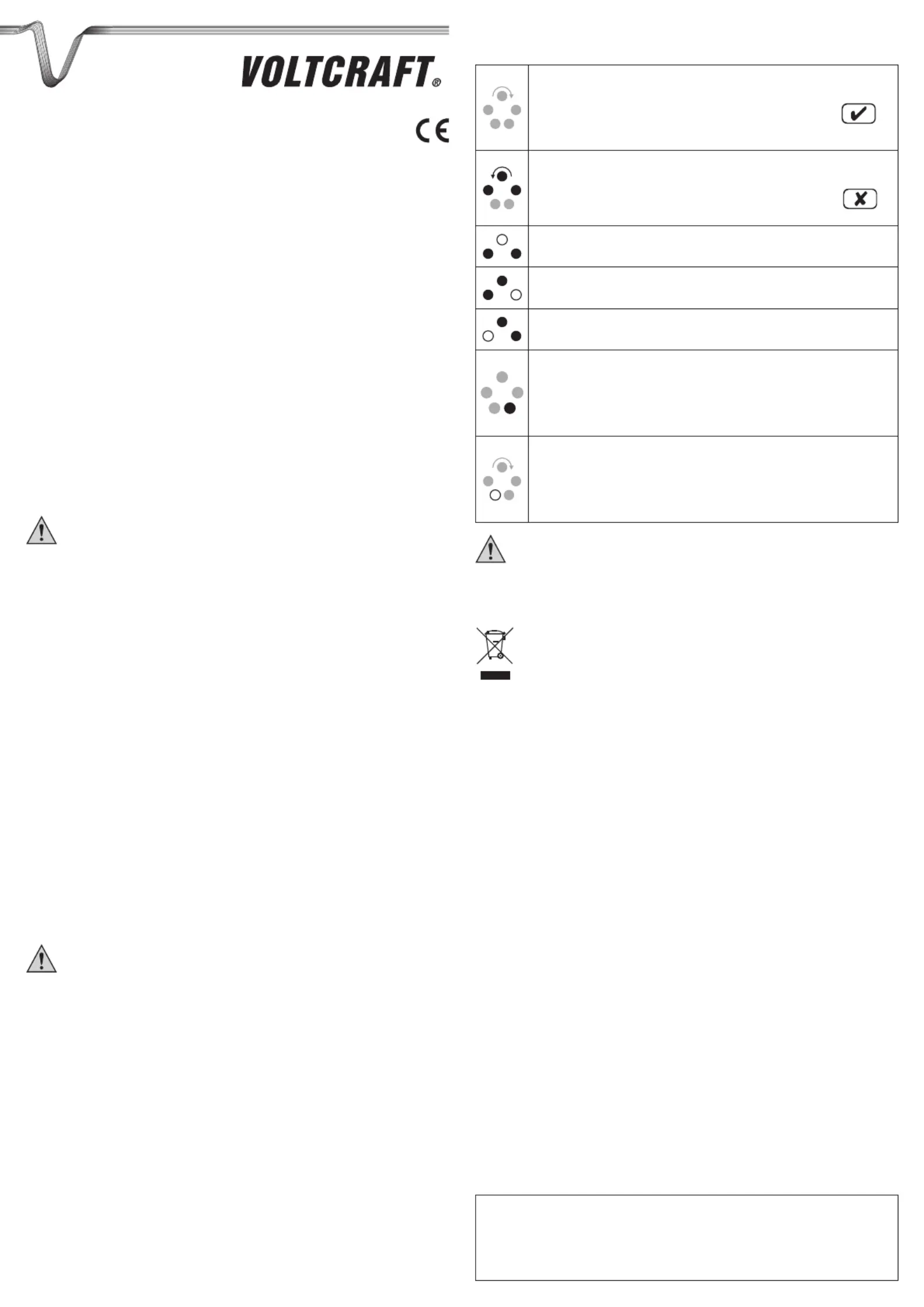
Der Tester zeigt nun optisch die Diagnose an.
Folgende Diagnoseschlüssel werden angezeigt:
Die Phasenanzeigen (L1, L2, L3) blinken abwechselnd grün im Uhrzeigersinn.
Die Anzeigen „PE“ und „N“ leuchten grün.
Die Steckdose ist korrekt angeschlossen. L1, L2, L3, N und PE
sind vorhanden.
Das Drehfeld ist rechtsdrehend.
Die Phasenanzeigen (L1, L2, L3) blinken abwechselnd rot entgegen dem
Uhrzeigersinn. Die Anzeigen „PE“ und „N“ leuchten grün.
L1, L2, L3, N und PE sind vorhanden. Eine Phase ist vertauscht.
Das Drehfeld ist linksdrehend.
Phasenanzeige L1 ist aus, L2 und L3 leuchten rot.
Phase L1 fehlt oder ist unterbrochen.
Phasenanzeige L2 ist aus, L1 und L3 leuchten rot.
Phase L2 fehlt oder ist unterbrochen.
Phasenanzeige L3 ist aus, L1 und L2 leuchten rot.
Phase L3 fehlt oder ist unterbrochen.
Anzeige N leuchtet rot. Die Phasenanzeigen (L1-L3) können den oberen
Diagnosen entsprechen (richtig oder Fehler).
Nullleiter N fehlt oder ist unterbrochen. Eine Vertauschung mit einer
Phase liegt vor wenn eine zusätzliche Phasendiagnose (Phasenanzeige L1-
L3) einen Fehler anzeigt.
Anzeige PE ist aus. Die Phasenanzeigen (L1-L3) und Anzeige N können den
oberen Diagnosen entsprechen.
Schutzleiter PE fehlt oder ist unterbrochen. An die Steckdose darf kein
Gerät angeschlossen werden. Lassen Sie die Steckdose von einer Fachkraft
überprüfen.
Elektronische Altgeräte sind Rohstoffe und gehören nicht in den Hausmüll. Ist
das Gerät am Ende seiner Lebensdauer, so entsorgen Sie das Gerät gemäß den
geltenden gesetzlichen Vorschriften bei Ihren kommunalen Sammelstellen. Eine
Entsorgung über den Hausmüll ist untersagt.
Spannungsversorgung .........................380 – 415 V/AC 50Hz
Überspannungskategorie .....................415 V CAT III (Hausinstallationen)
Stromaufnahme ....................................<20mA
Abmessungen Anzeige (HxBxT) ...........131 x 94 x 54 mm
D
Der Steckdosentester dient ausschließlich der schnellen Diagnose an CEE Kraftstrom-
steckdosen des öffentlichen Wechselstromnetzes (max. 415V/AC), die selbst mit 16A bzw.
32A abgesichert sind.
Er kann kein Ersatz für eine Überprüfung durch einen Fachmann sein.
Dieses Gerät erkennt Unterbrechungen der drei Phasen, des Nulleiters sowie des Schutzlei-
ters. Weiterhin wird das Drehfeld (Rechts-/Linksdrehend) angezeigt.
Eine Vertauschung von Nullleiter (N) und Schutzleiter (PE) kann mit dem Gerät nicht erkannt
werden.
Das gesamte Produkt darf nicht geändert bzw. umgebaut werden! Die Sicherheitshinweise
sind unbedingt zu beachten!
Aus Sicherheits- und Zulassungsgründen (CE) ist das eigenmächtige Umbauen und/oder
Verändern des Gerätes nicht gestattet.
Der Tester ist kein Spielzeug und gehört nicht in Kinderhände!
Fassen Sie das Gerät nie mit nassen oder feuchten Händen an. Es besteht die Gefahr eines
lebensgefährlichen elektrischen Schlages!
In gewerblichen Einrichtungen sind die Unfallverhütungsvorschriften des Verbandes der ge-
werblichen Berufsgenossenschaften für elektrische Anlagen und Betriebsmittel zu beachten.
Ein Betrieb unter widrigen Umgebungsbedingungen ist nicht zulässig. Widrige Umgebungs-
bedingungen sind Nässe oder zu hohe Luftfeuchtigkeit sowie Staub und brennbare Gase,
Dämpfe oder Lösungsmittel.
Wenn anzunehmen ist, dass ein gefahrloser Betrieb nicht mehr möglich ist, so ist das Gerät
außer Betrieb zu setzen und gegen unbeabsichtigten Betrieb zu sichern.
Es ist anzunehmen, dass ein gefahrloser Betrieb nicht mehr möglich ist, wenn:
• das Gerät sichtbare Beschädigungen aufweist,
• das Gerät nicht mehr arbeitet und
• nach längerer Lagerung unter ungünstigen Verhältnissen oder
• nach schweren Transportbeanspruchungen.
Nach erfolgreichem Test der Spannungsfreiheit des Schutzleiters stecken Sie den Steckdo-
sentester in die entsprechende CEE-Steckdose (16/32A).
Dies ist eine Publikation der Conrad Electronic SE, Klaus-Conrad-Str. 1, D-92240 Hirschau (www.conrad.com).
Alle Rechte einschließlich Übersetzung vorbehalten. Reproduktionen jeder Art, z. B. Fotokopie, Mikroverlmung, oder die Erfassung
in elektronischen Datenverarbeitungsanlagen, bedürfen der schriftlichen Genehmigung des Herausgebers. Nachdruck, auch aus-
zugsweise, verboten. Die Publikation entspricht dem technischen Stand bei Drucklegung.
D
Produktspecifikationer
| Varumärke: | Voltcraft |
| Kategori: | mätning |
| Modell: | ST-32B |
Behöver du hjälp?
Om du behöver hjälp med Voltcraft ST-32B ställ en fråga nedan och andra användare kommer att svara dig
mätning Voltcraft Manualer
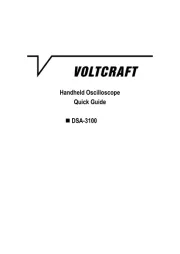
12 September 2025
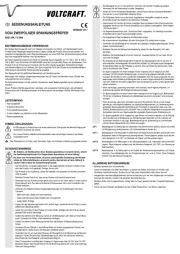
22 Juli 2025
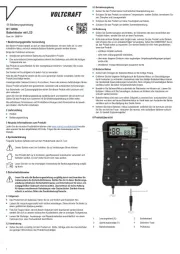
22 Juli 2025
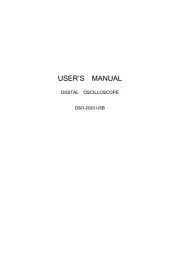
22 Juli 2025
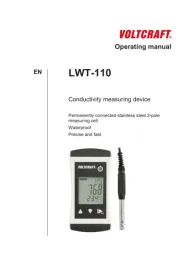
22 Juli 2025
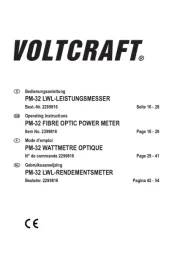
21 Juli 2025
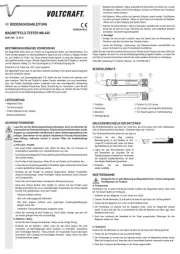
21 Juli 2025
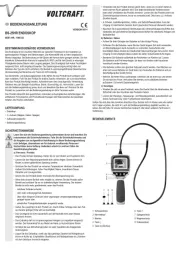
21 Juli 2025
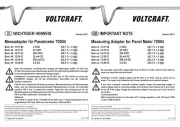
21 Juli 2025

21 Juli 2025
mätning Manualer
- Entes
- MGL Avionics
- Aranet
- Sanwa
- Kübler
- Sonel
- REV
- Testo
- Ade
- Mahr
- Sauermann
- Milwaukee
- NEO Tools
- Draper
- Kimo
Nyaste mätning Manualer
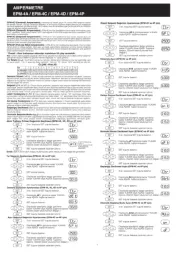
21 Oktober 2025
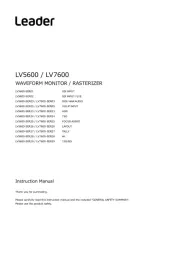
18 Oktober 2025
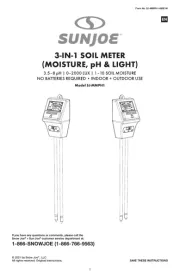
13 Oktober 2025
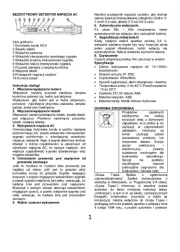
11 Oktober 2025
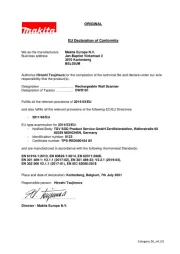
8 Oktober 2025
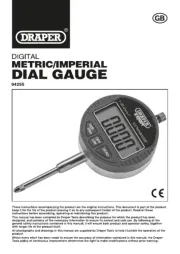
8 Oktober 2025
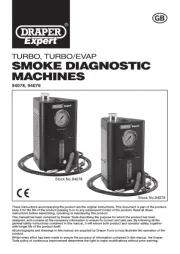
8 Oktober 2025
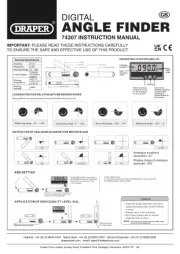
7 Oktober 2025
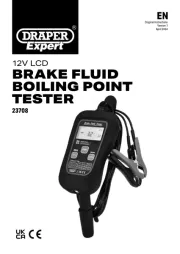
7 Oktober 2025
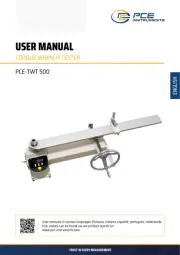
7 Oktober 2025